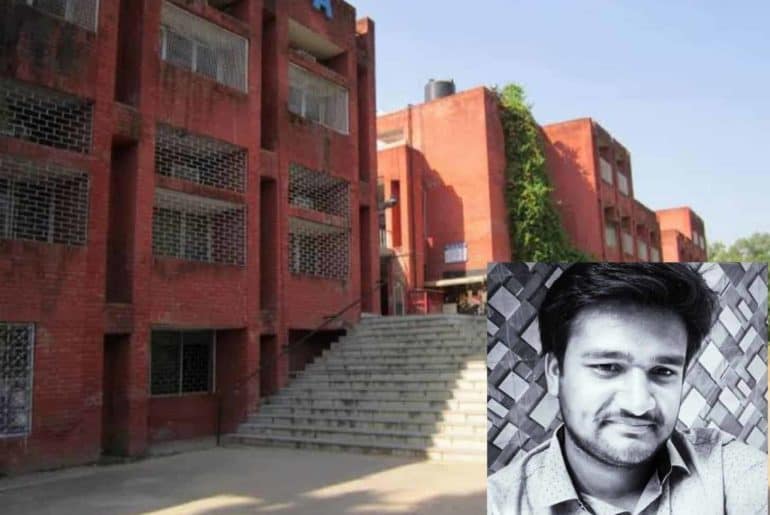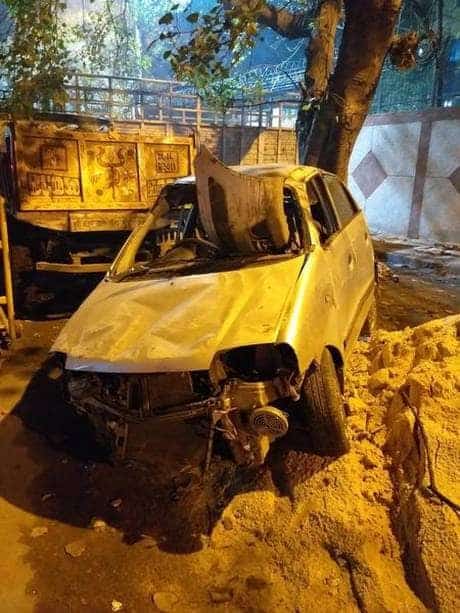Recently, the death of our beloved Chandler Bing shook the world. One of the most popular characters in the beloved 90’s sitcom, Friends, millions of fans took the internet by storm, sending tribute messages and expressing their extreme grief at the unexpected demise of the actor.
Fans expressed that even though they didn’t know him personally, they felt a sense of great attachment almost as if it was the loss of a close family member.
Sources conclude that Matthew Perry was dealing with addiction since he was fourteen years old and there is some information about it that he shares in his memoir, ‘Friends, Lovers and The Big Terrible Thing.’
During an interview with podcast host Tom Power, last year, he said that he would prefer to be remembered for helping people rather than for his work on Friends as a beloved character – Chandler Bing.
Following the conversation, the actor remarked, “The best thing about me, bar none, is that if somebody comes to me and says, ‘I can’t stop drinking, can you help me?’ I can say ‘yes’ and follow up and do it,” he said. “When I die, I don’t want Friends to be the first thing that’s mentioned. I want that to be the first thing that’s mentioned. And I’m gonna live the rest of my life proving that.”
However, it seems that fans, especially the international fans, have only taken cognizance of Matthew Perry’s addiction after his death.
One of the fans remarked, “It has to be realized that just like one person can be a good friend to one person and a lousy friend to another, a good father but a bad husband, similarly, an artist can be their version of who they want to be and their art could have a completely different memory to those who experience them through that art.”
This statement stands true across multiple scenarios. This question of who owns the legacy is applicable only if people actually knew him. Most people admire artists for embodying the art themselves and many times people perceive the artist and the art intertwined with each other. Famous artists like Leonardo Da Vinci would be remembered by his famous painting of Mona Lisa and not the Vitruvian Man in the first instance. That’s how the nature of memory and history takes form in our minds.
As an individual, we want to be remembered for what we believe we are worthy of being remembered for. However, for any third person to remember an artist, the impact the artist left on them, is what comes to their mind first.
While millions believe their beloved Chandler to have passed away, others may think about Perry’s humbleness and generosity first. It depends upon perspectives.
A fan commented on a related social media post, “This raises a question if we all want to be remembered in a way that we wish to be or be happy that we are remembered.”
On the other hand, there is a very serious conversation that was opened up about when Matthew Perry talked about how he wanted to be remembered. He has been one of the most loved people in the world yet his journey towards sobriety and overcoming his addiction problems in each season has been overlooked. As mentioned earlier, many fans didn’t know or knew little about his sobriety and the way he was struggling to overcome his addiction yet made such a lovable character with all the jokes and sarcasm for the people. Giving him what he asked for, the belief to remember him with the idea of him healing and helping others overcome addiction is the least his fans can do as a community.
Debates on this can go on, but an actor like Matthew Perry is to be remembered and cherished. He put happiness and joy in our hearts and left only words of appreciation for him in our mouths. Whether or not his way of being remembered worked, it is sure that he has left a hole in our hearts that can never be filled. Rest in Peace, Matthew Perry.
Aanya Mehta
Image credits: koimoi.com








